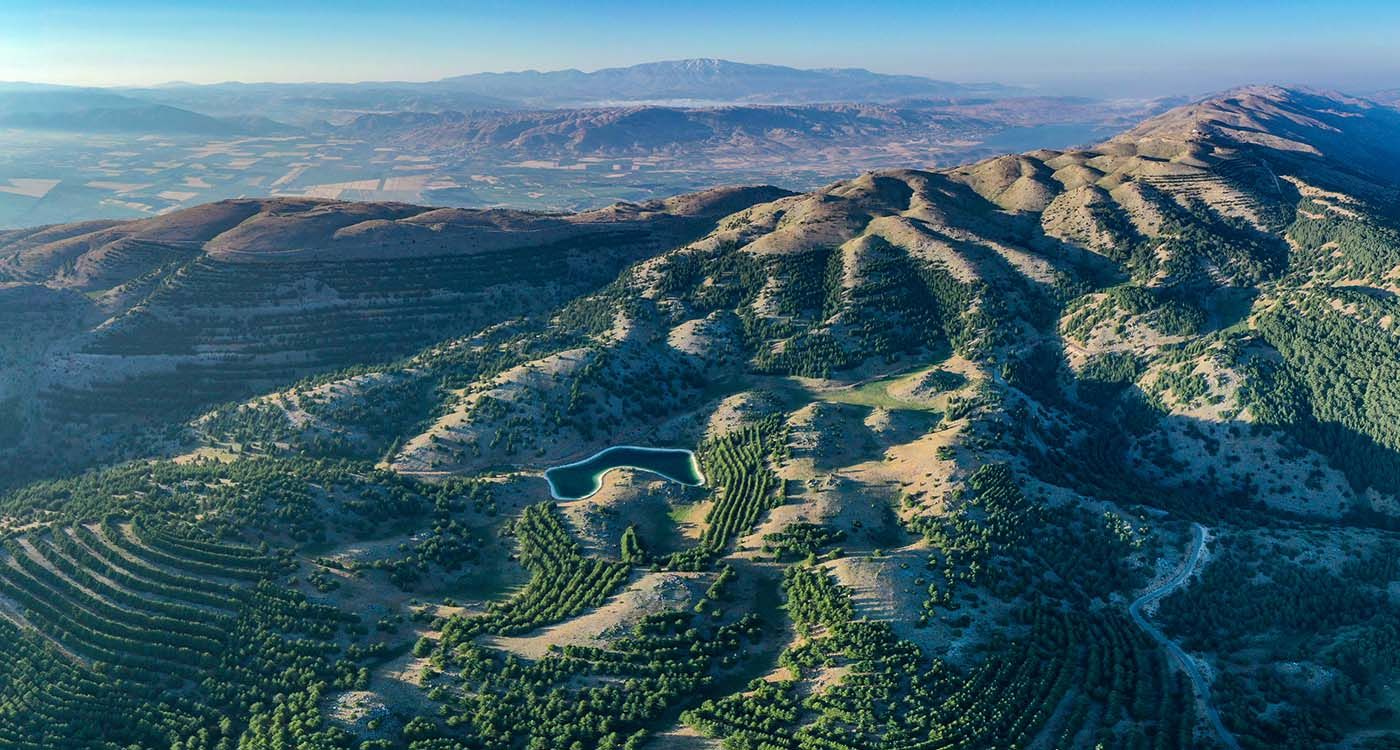
In the scorching summer heat, wildfires creep through the dense forests of Lebanon, burning everything on their trail. The forest of Kobayat, Akkar, was the latest victim of this auburn nightmare, and possibly not the last.
While the fire was eventually extinguished, it left irreparable damage on the forest.
In response, Minister of Environment Dr. Tamara el-Zein filed a legal complaint against anyone found, upon investigation, to have intentionally set the fire. This is a significant step as wildfire perpetrators are rarely, if ever, held accountable.
Yet, one spark, intentional or not, could ignite another fire, making Lebanon’s fragile nature reserves the next victim.
What Are Nature Reserves?
“Nature reserves are ecologically sensitive areas found on public lands (terrestrial or marine). They are protected by law to preserve an ecosystem without human disturbance,” Georges Mitri, Professor of Environmental Science at the University of Balamand, told This is Beirut.
There are currently 18 officially registered nature reserves in Lebanon, making up just 2% of the country’s total area. “This area needs to be increased to at least 5%, excluding the 500-meter-wide buffer zones around the reserves,” Mitri said, adding “green areas which are not listed as nature reserves are being built, whereas reserves are still well protected.”
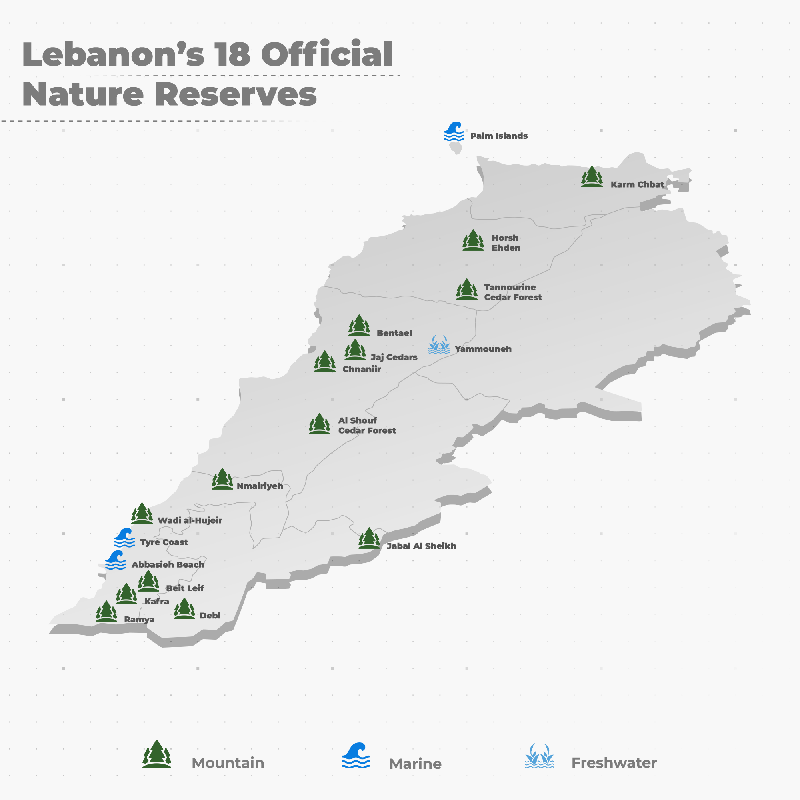
Rules and Code of Conduct
Nature reserves are governed by strict rules to preserve fragile ecosystems and limit human disturbance.
Once designated, access is regulated. “There is typically a specific entrance, and the managing committee may collect a small fee from visitors,” Mitri explained. These fees help fund operations and conservation efforts.
“Only soft activities such as ecological research, biodiversity assessments and wildlife monitoring are allowed.”
Construction, road building and excavation are strictly prohibited, and individual behavior is tightly controlled.
“Hunting is not permitted, and vehicles are restricted to marked roads. Burning anything inside the reserve is also banned. The aim is to balance public engagement with long‑term protection.”
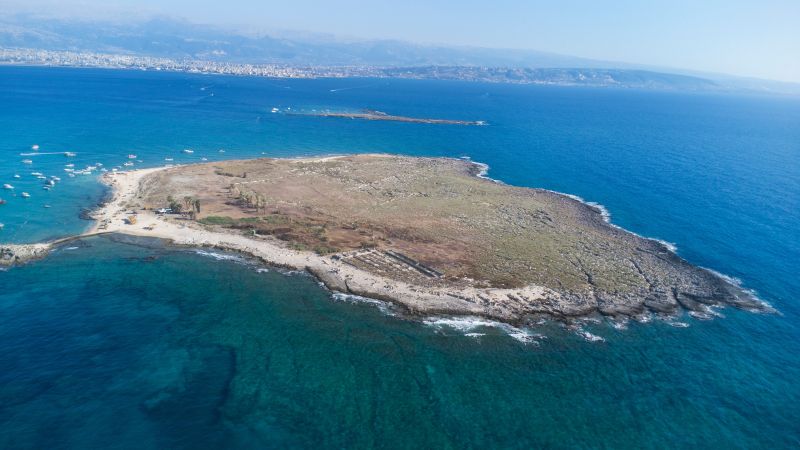
Environmental Threats Facing Nature Reserves
“The single greatest hazard to land reserves is fire,” warned Mitri. “Forests at both low elevations and in high mountain areas are highly exposed to fire risks, especially those with dense vegetation.”
Several nature reserves in South Lebanon—including Ramya, Kafra, Beit Lif and Wadi al- Houjeir—have been largely burned during Lebanon’s most recent war, while pine- and cedar-rich areas such as Bentael, Chnaniir, Tannourine, Horsh Ehden and Shouf remain especially vulnerable.
In addition, climate change is accelerating pest infestations and disease outbreaks. “We’re seeing ecosystems deteriorate under increasingly extreme weather conditions,” Mitri said.
Illegal grazing, tree-cutting, poaching and the extraction of natural materials continue to place added pressure on these fragile environments.
Mitri also noted that vulnerable forested areas outside officially designated reserves face the same dangers, “The fire in Kobayat didn’t occur inside a formal reserve, but the area is ecologically rich and highly sensitive.”
Protecting Nature Reserves: A Governance Imperative
Effective protection of nature reserves hinges on stronger governance, sound management and the use of modern conservation tools, Mitri emphasized.
“Not all reserves benefit from well-structured management committees capable of ensuring proper oversight and protection. You need dedicated people with the time, authority and resources to manage operations effectively.”
He added that many reserves suffer from chronic understaffing and a lack of critical infrastructure, including fire-fighting equipment, access roads, water sources and observation towers for early fire detection.
“Legal designations alone are not enough. Protecting these areas requires real capacity on the ground,” he said.
Technology must also play a greater role. Surveillance systems, remote sensors and digital monitoring tools remain absent from most of Lebanon’s protected areas.
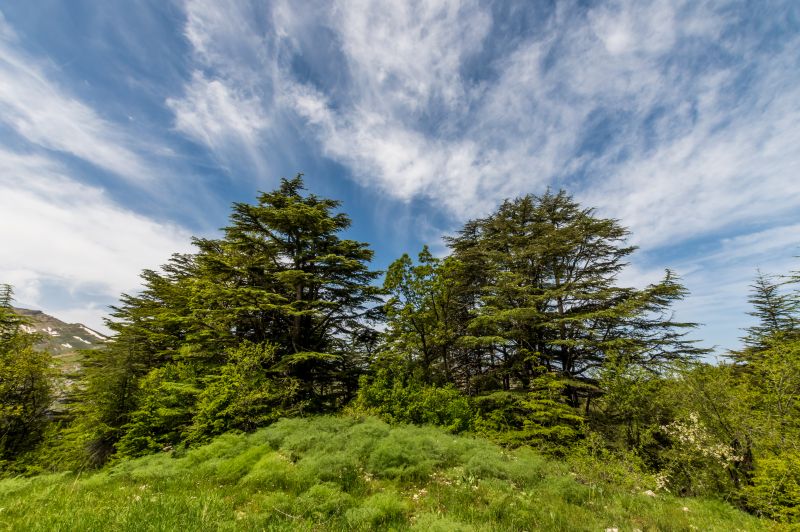
Tannourine Cedar Nature Reserve. ©Shutterstock
How Are Nature Reserves Established?
Lara Samaha, Director of Ecosystems at the Ministry of Environment, explained that nature reserve proposals begin with a request from municipalities or NGOs, backed by land deeds and boundary maps. Public land requires municipal approval, a Council of Ministers decision and Ministry of Finance sign-off.
Though Lebanon has no private reserves yet, the law allows them with full owner consent. A proposal must justify the site's ecological value before a ministry inspection confirms it is an intact natural ecosystem.
“The site has to be ecologically rich, intact and not degraded. You can’t just plant a few olive trees and ask for a reserve. It has to be an already preserved natural ecosystem,” Samaha said.
Legal steps to protect marine sites like Anfeh, Jbeil and Ras al-Shaqaa are progressing, though some await Parliament review. Land-based proposals often face delays due to missing municipal approval, ownership disputes or outdated maps—challenges that stall efforts even in ecologically urgent areas like al-Qammoua and Lezzeb el Dunniyeh.
“Sometimes the maps lack coordinates or are incomplete, making it impossible to define official borders,” Samah said. “In al‑Qammoua, disputes over ownership are taken to court, so we can’t move forward.”
Clearer laws and better local coordination remain crucial to expanding Lebanon’s network of protected areas.
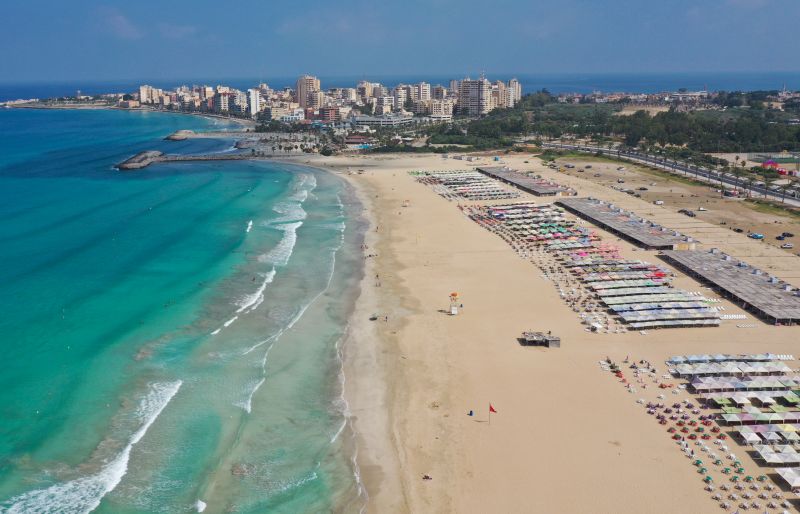
Tyre Coast Nature Reserve. ©Shutterstock
Nature Reserves at a Crossroads
Lebanon’s nature reserves are now at a pivotal moment.
The legal complaint filed by Minister el-Zein signals a welcome shift toward greater accountability and awareness in protecting these vital natural areas—especially after a previous ministry allowed the privatization of public maritime property near protected zones.
But lasting preservation demands more than legal action. It requires stronger governance, better equipment and citizens that see these forests and marine sanctuaries not as distant assets, but as shared national treasures.
The next fire to spark must be one of collective resolve—to defend and preserve our natural heritage for generations to come.


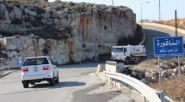
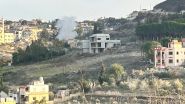
Comments